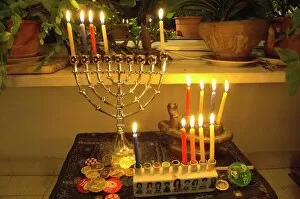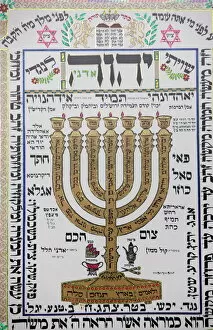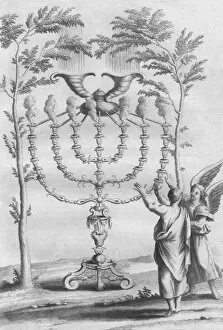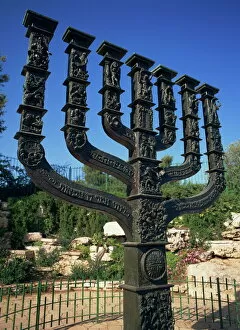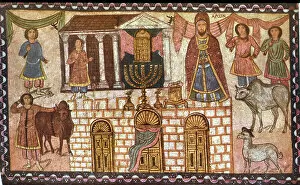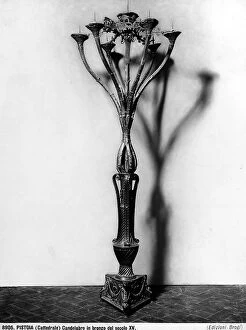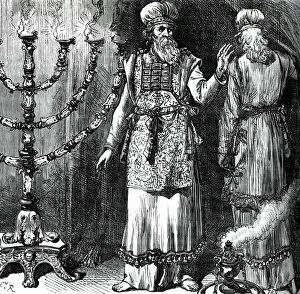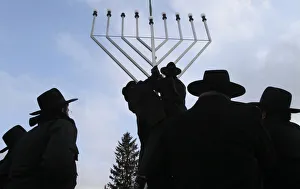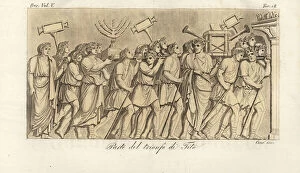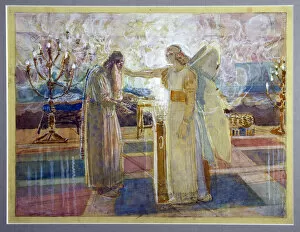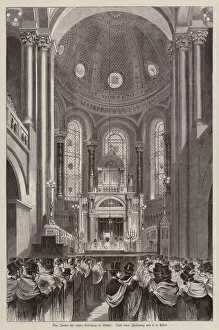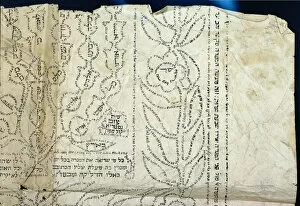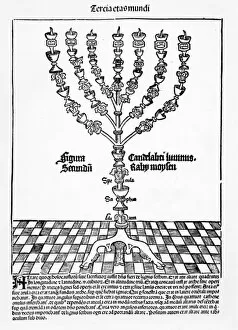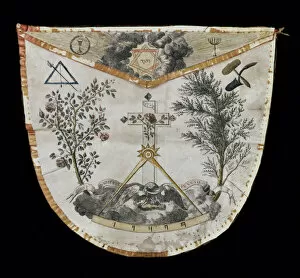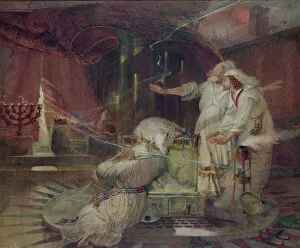Menorah Collection
The menorah, a symbol deeply rooted in Jewish tradition, holds significant meaning during the festival of Hanukkah
All Professionally Made to Order for Quick Shipping
The menorah, a symbol deeply rooted in Jewish tradition, holds significant meaning during the festival of Hanukkah. This seven-branched candlestick represents the miracle that occurred when a small amount of oil lasted for eight days in the rededicated Second Temple. The Talmud artwork found in Hertzliya synagogue, Israel showcases the beauty and intricacy of this sacred object. In homes around the world, you can witness the heartwarming sight of a young boy lighting Hanukkah candles on each night of this joyous celebration. As he kindles each flame, hope and faith are reignited within every Jewish household. Beyond private spaces, sculptures depicting they can be found near prominent landmarks like the Knesset in Jerusalem. These artistic representations serve as reminders of Jewish heritage and resilience. Throughout history, depictions of menorahs have been captured through various mediums such as line engravings or tempera on plaster paintings. From Galilee to Toledo to Berlin's Brandenburg Gate, these symbolic objects have traveled far and wide with their message of unity and perseverance. Even ancient texts describe how priests adorned themselves with linen robes while holding onto this emblematic item during religious ceremonies at The Tabernacle. High priests were distinguished by their ephod garments as they carried out sacred duties. Today, rabbis inspect large menorahs being set up before crowds gather to celebrate important occasions or show support for Israel during annual parades worldwide. These events bring together people from different backgrounds who stand united under one common cause. The menorah continues to shine brightly throughout generations as a beacon of hope and faith for Jews all over the world. Its significance remains unwavering amidst changing times.

